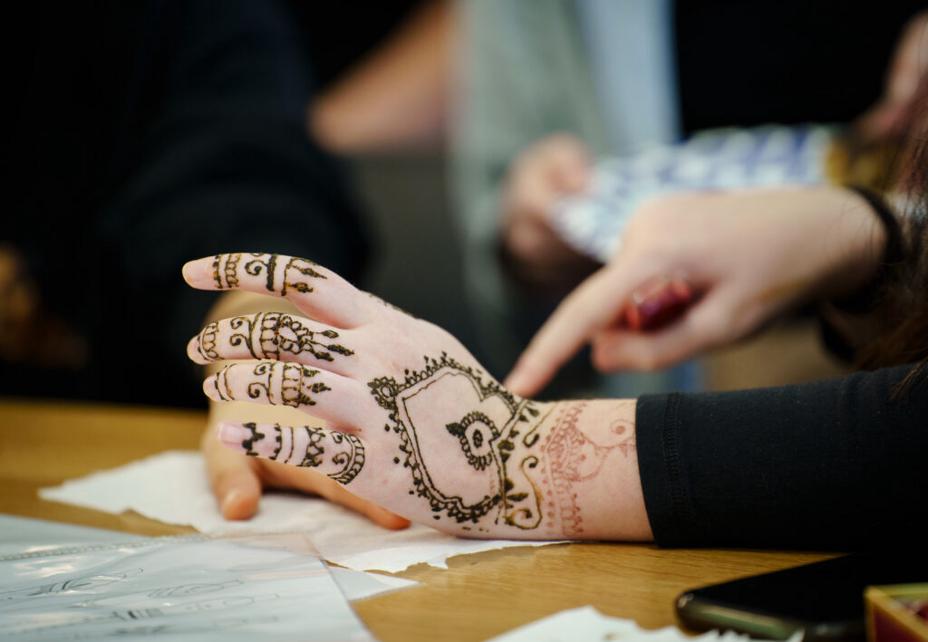
Something went Wrong
Try entering your email again or contact us at support@qfi.org
Try entering your email again or contact us at support@qfi.org
You’ll receive an email with a confirmation link soon.
Nov 13, 2023
By Tony Calderbank
I remember the very first real spoken Arabic sentence I ever understood. Iqfil it-talaaga y Ahmad. I heard it in a grocers in Dokki, Cairo. I’d just arrived in Egypt and rented a flat and I had gone to buy some supplies. As I stood in the welcome shade of the shop on the hot sunny afternoon, I had watched the transaction between the proprietor and the customer in front of me who had opened the fridge to remove some ice cream but hadn’t closed it.
Shut the fridge, Ahmad was a revelation. I’d spent four years reading the great works of classical Arabic literature on my degree course. I had studied the vivid imagery of pre-Islamic poetry and the intricacies of high Abbasid syntax, but knew nothing at all about how modern Arabic speakers spoke the language everyday.
The position of academics at that time was very much: learn the classical language here, and you’ll pick up the dialect and the culture when you go there. It worked for me and over the following years I learned to speak Egyptian Arabic, picking up the culture alongside it, through a process of total immersion.
Teaching Arab culture to learners of the language in a British school today requires a different approach. Classes are diverse and often contain native and heritage speakers, learners of Muslim faith and others who have no prior connection to the language.
So how do we define Arab culture? With almost half a billion speakers across dozens of countries there’s clearly a lot of variety: food, dress, music, social structures. I remember moving to Saudi Arabia after 15 years in Egypt and using Egyptian phrases and terms of address, much to the amusement of my Saudi colleagues, and having to learn again, and unlearn.
Are there themes and elements which are common to all Arabic speaking communities? Is there a shared heritage and history which binds speakers of the language together? Is it supporting Morocco in the world cup, or loving Umm Kulthum and Fairuz? As educators, much of what we choose to present as Arab culture will depend on our own experiences and on the backgrounds and needs of our leaners, for they have much to bring to the table too. Including culture in your Arabic lessons can be particularly empowering for heritage learners, enhancing the learning experience and fostering a positive affirmation of their identity.
We should also bear in mind that it’s the colloquial varieties of Arabic that carry the culture: jokes, songs, recipes, not to mention theatre, tv soaps, films, and millions of conversations taking place; so much of the cultural heritage of the people is expressed in the colloquial which is their mother tongue. Simply by welcoming colloquial varieties of Arabic into our classrooms we go a long way to “teaching culture.”
You can include culture in your classes in many ways:
The teacher must be eclectic, confident and unbiased, sharing what elements of the culture they are passionate about, and what their students seek to understand more. Embarking on that cultural journey with your learners will bring all that is vibrant and joyful about the Arab world into their Arabic lessons. That way, iqfil it-talaaga won’t come as such a surprise!

